By 2020, no one will be killed in a new Volvo. Think about that for a second. Even for a company as highly regarded for its automotive safety as Volvo, that’s an almost unthinkable task. Yet that’s its aim.
Every year, 1.3 million people lose their lives on the roads worldwide, while between 20 million and 50 million are injured. According to the World Health Organisation, 92 per cent of those deaths occur on the roads of low-income and middle-income countries. Yet these countries account for just 53 per cent of all registered vehicles.
The goal is made harder by the EU-led drive to reduce emissions, which means cars must be made lighter, potentially affecting their crashworthiness. Volvo’s solution is to develop cars that take account of their surroundings. The message is clear: Volvo will develop cars that are harder to crash, rather than ones that will protect occupants more if you crash. One insider joked that Volvo could build cars from paper and they would still be safe.
This philosophy is nothing new. It led to the launch of functions such as City Safety, which reduces the chances or severity of a low-speed shunt, in 2007. What is new are the measures that Volvo will take.
The long-term goal is to develop fully autonomous vehicles. But Volvo admits that there are still many obstacles it needs to overcome, not least to do with legislation and infrastructure, even though, ostensibly, the technology to do it already exists. A series of technical demonstrations by Volvo revealed that cars are able to steer, stop and avoid obstacles both during the daytime and at night. Volvo is also developing cars that can park themselves and return to an agreed pick-up point at the tap of a smartphone screen.
Remove the weak point from the process of driving — the driver — and the roads will become a safer place, claims Volvo.
Much of this new technology will be featured in the second-generation Volvo XC90, but the more advanced autonomous features won’t be seen for five or 10 years hence. Volvo is aware that the most advanced safety technology will come at a cost to the customer, but most of the new features use hardware already available. The secret is the ingenuity with which the features are packaged. Most of them use the same camera and radar systems — even night vision pedestrian detection, which shuns expensive infrared technology for a camera that has a wide exposure control.
The technology has been designed to be low-cost and Volvo already has a lucrative business licensing new developments. But whether super-budget brands such as Dacia, Tata or Maruti would fit such systems in cars marketed in poor countries is moot.

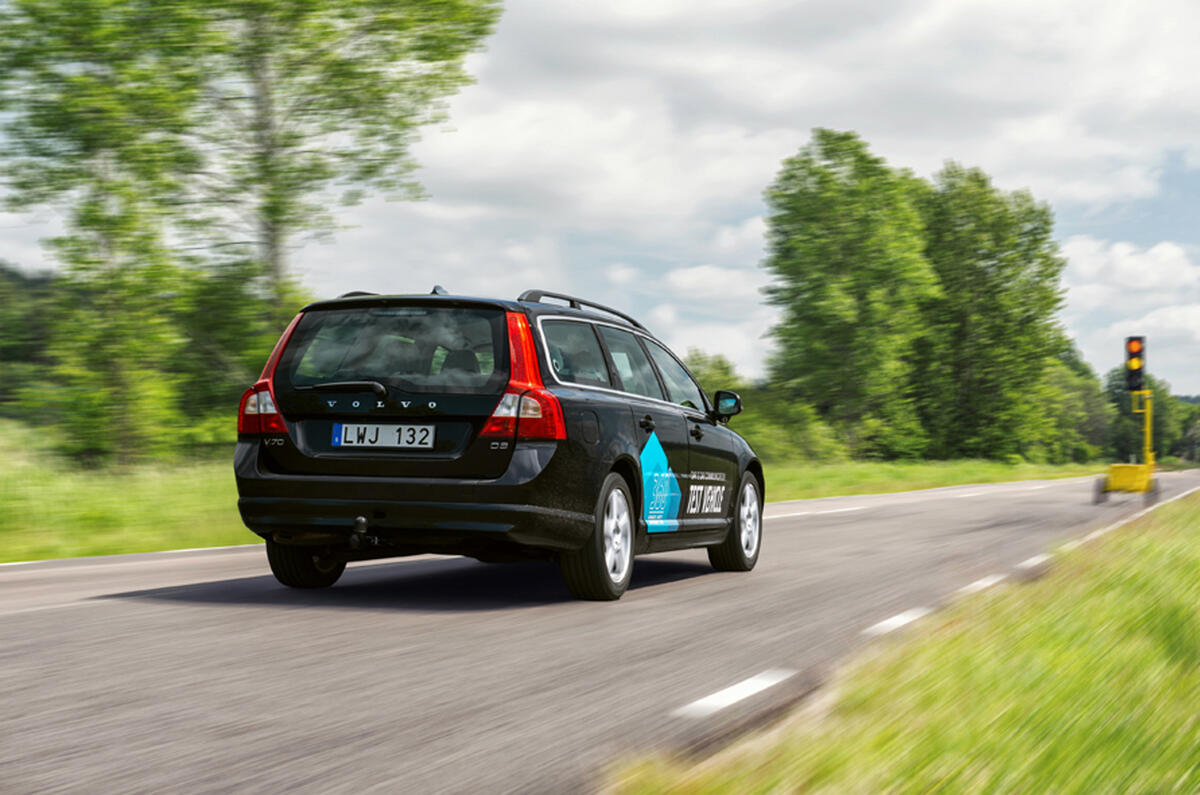
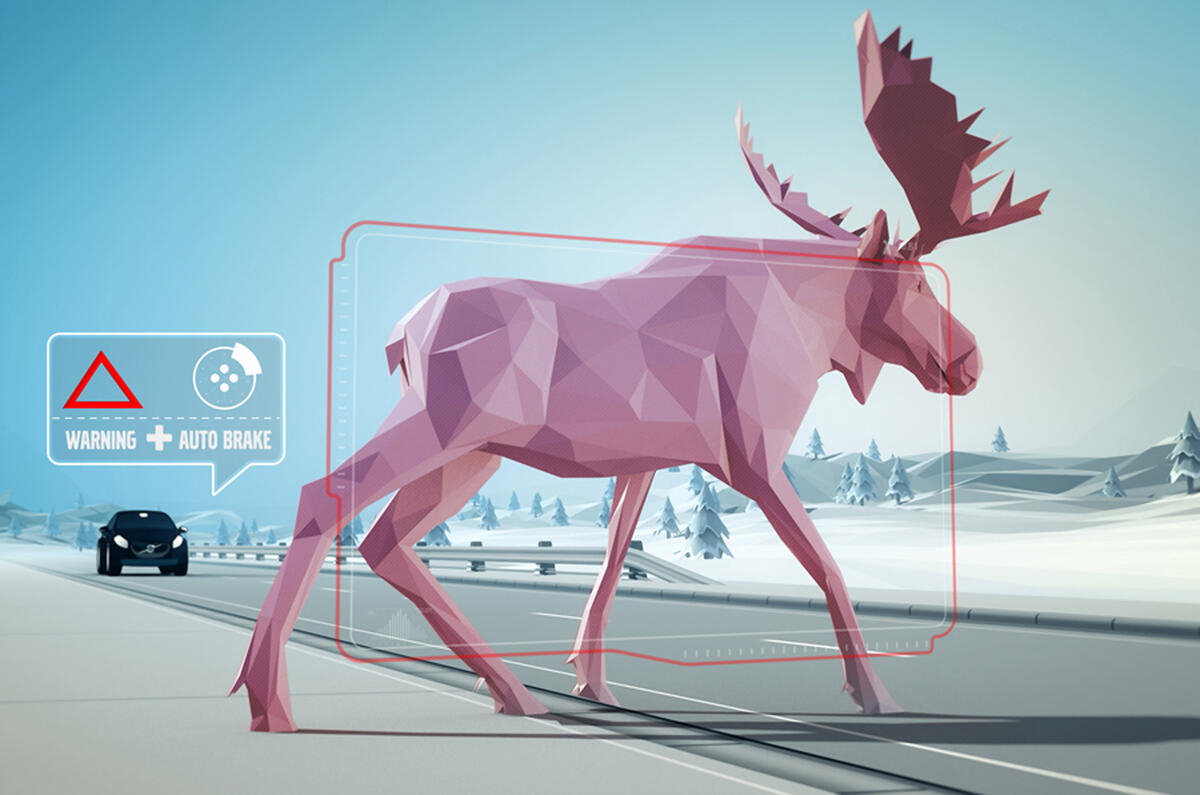
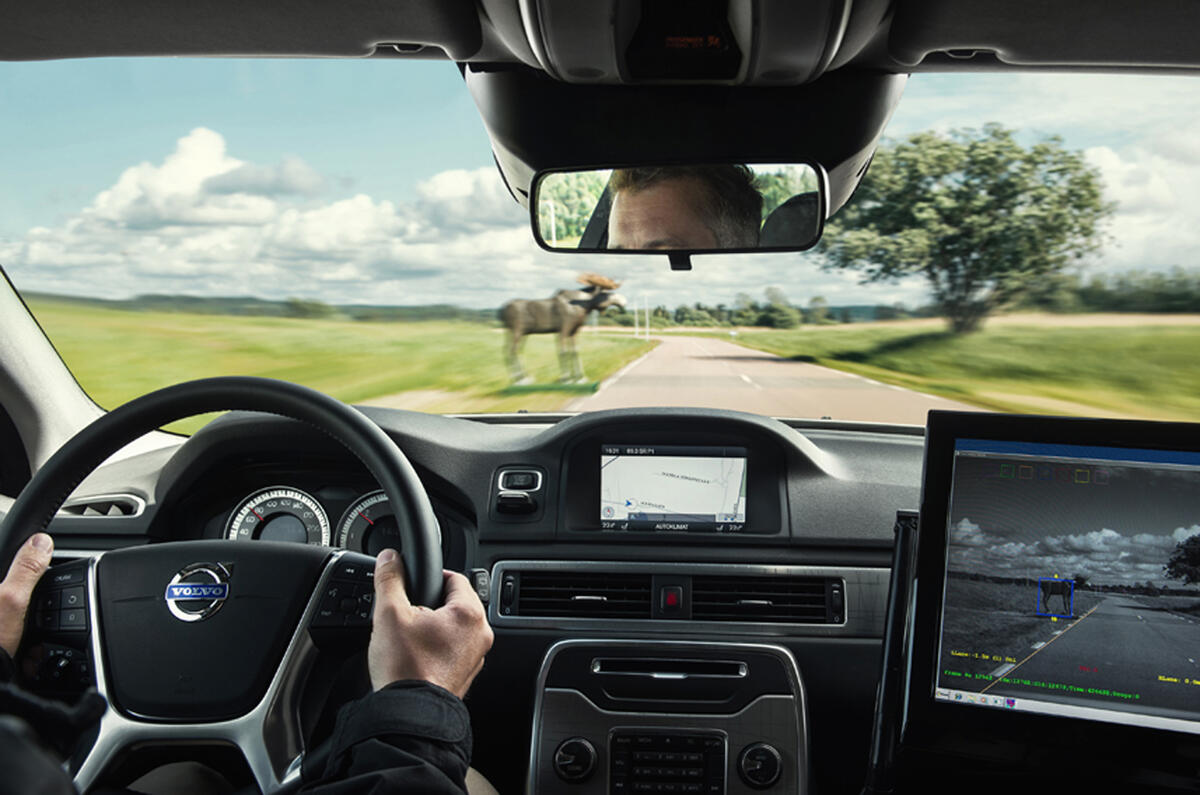


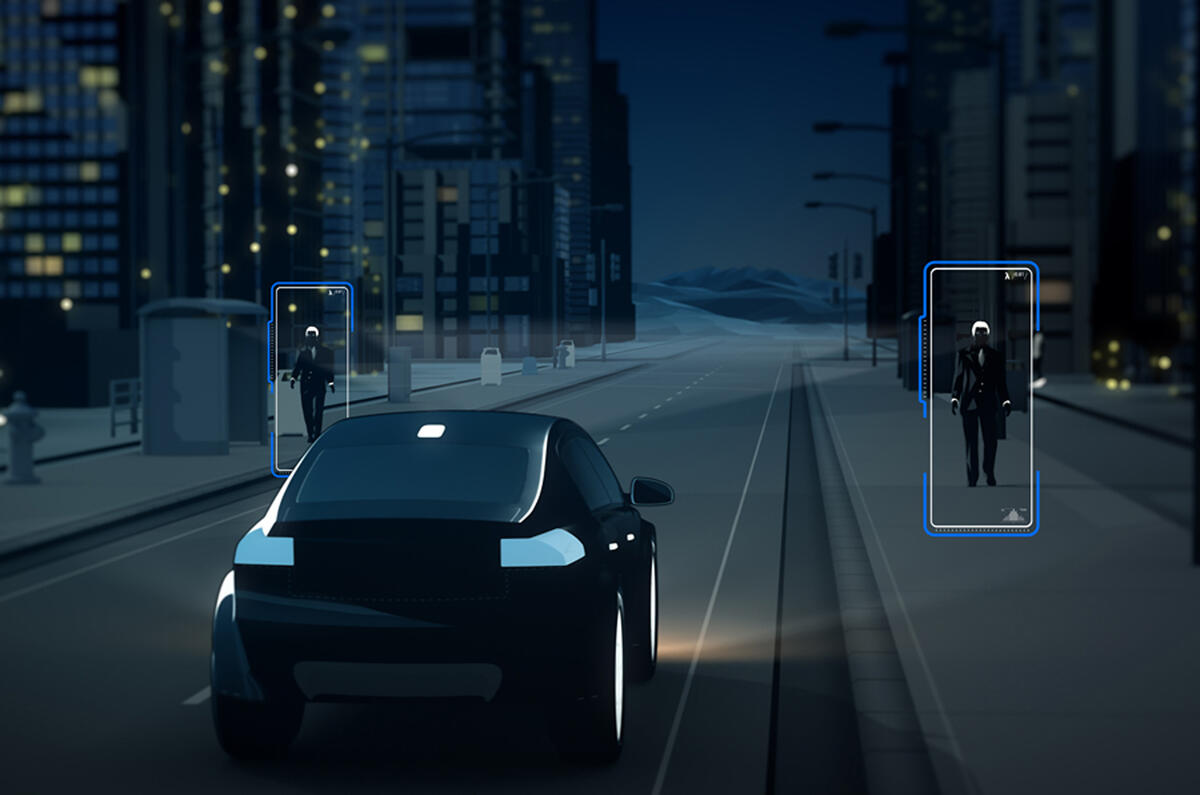
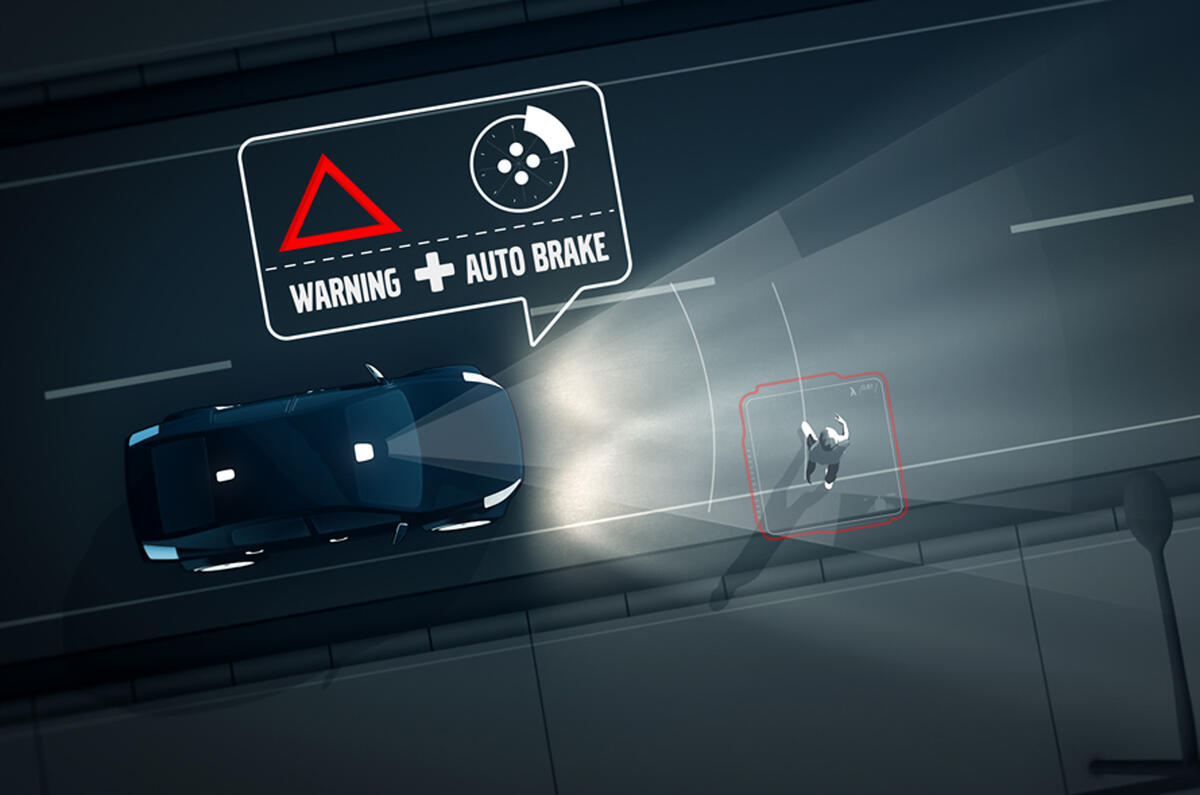
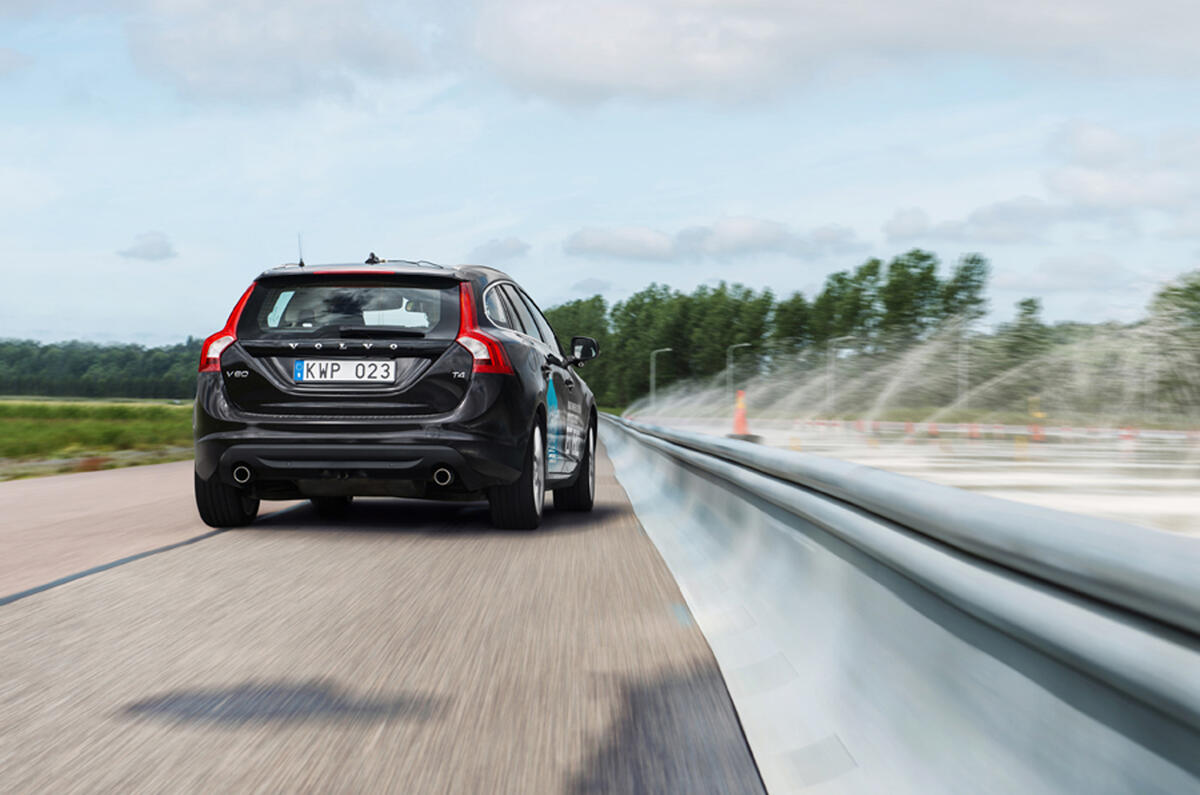
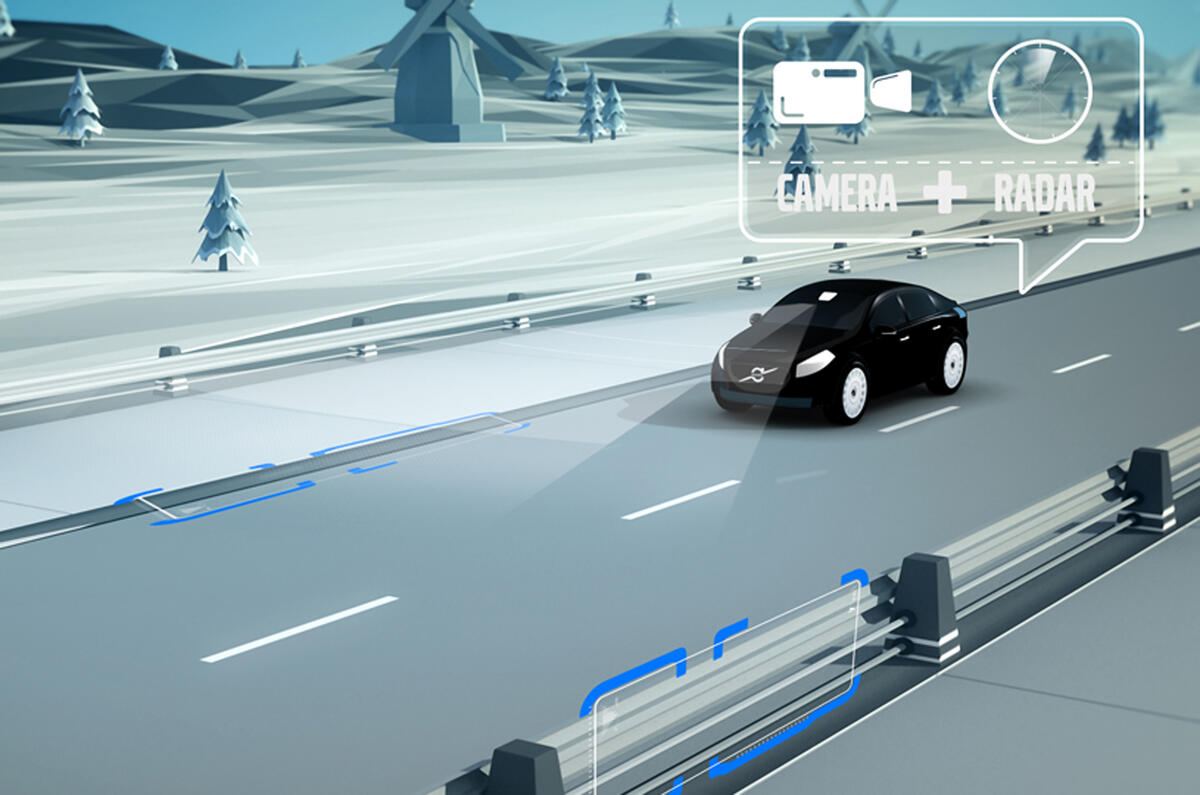
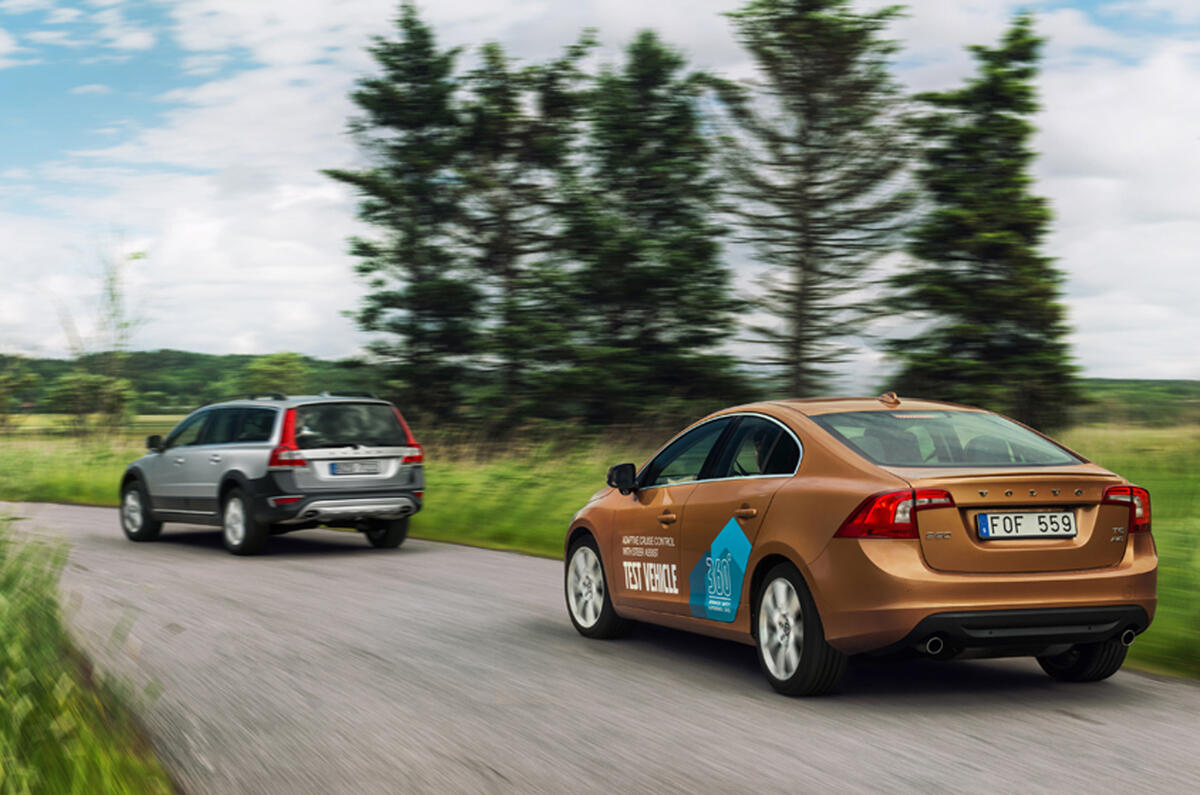
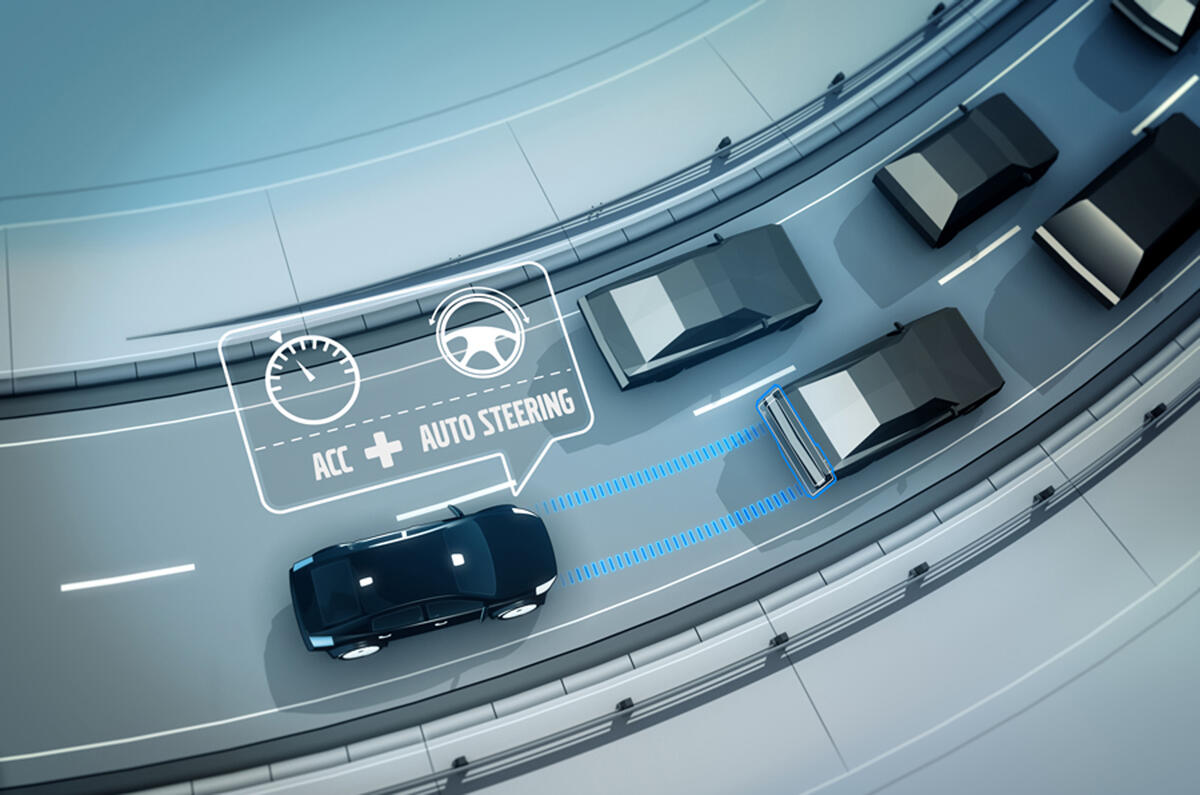
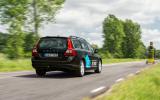

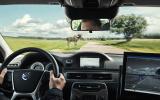
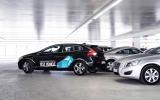

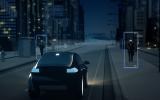

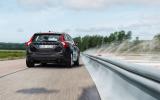
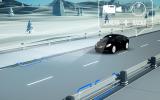
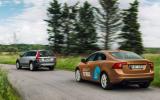




Join the debate
Add your comment
City Safety
@MikeInBath - Have seen many video demonstrations of the City Safety. Glad to hear it is doing great things!
Hi Ben, yes, I have tried it
Hi Ben, yes, I have tried it myself. It's a leap of faith when you turn your head to the side and drive blindly towards reflective bollards at 30 mph. As the car comes to a safe controlled stop you realise why you bought a Volvo.
See the Fifth gear V40 vs E class, Mercedes charges £2000 for their system on a £63000 car. Volvo's is a standard item on all Volvo's. Volvo avoided the Thatcham test car at 55mph, Mercedes crashed into the test car at 50 mph. Who cares the most? Audi has a pathetic pre primer of brakes and airbags, it doesn't stop you colliding and they have a nerve to charge for that too!
Hilarious statement!
@UncleMellow. We are happy you don't drive them either, as they are fine for everyone else. Being a Volvo owner, I can tell you that the indicator stalks are in exactly the same location as all of my previous cars. Maybe time to go back to driving school or just give up trolling?
Bold vision
"By 2020 no one will be killed in a new Volvo."
Volvo's committment to safety is unmatchable.
More than half the safety features on today's cars - regardless of their make - have been invented by Volvo.